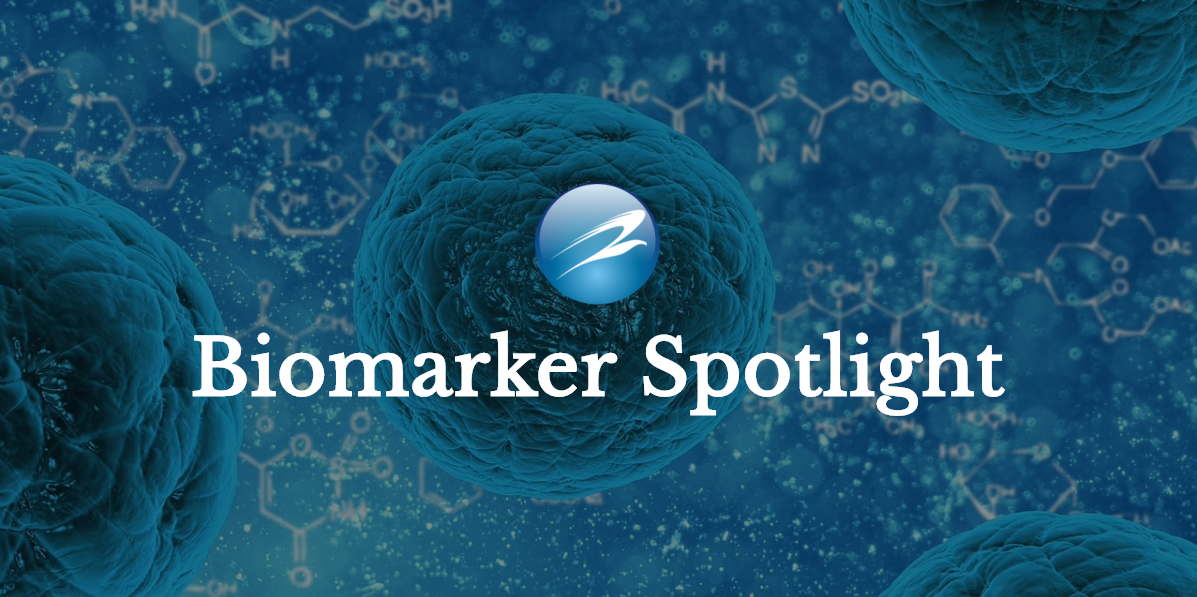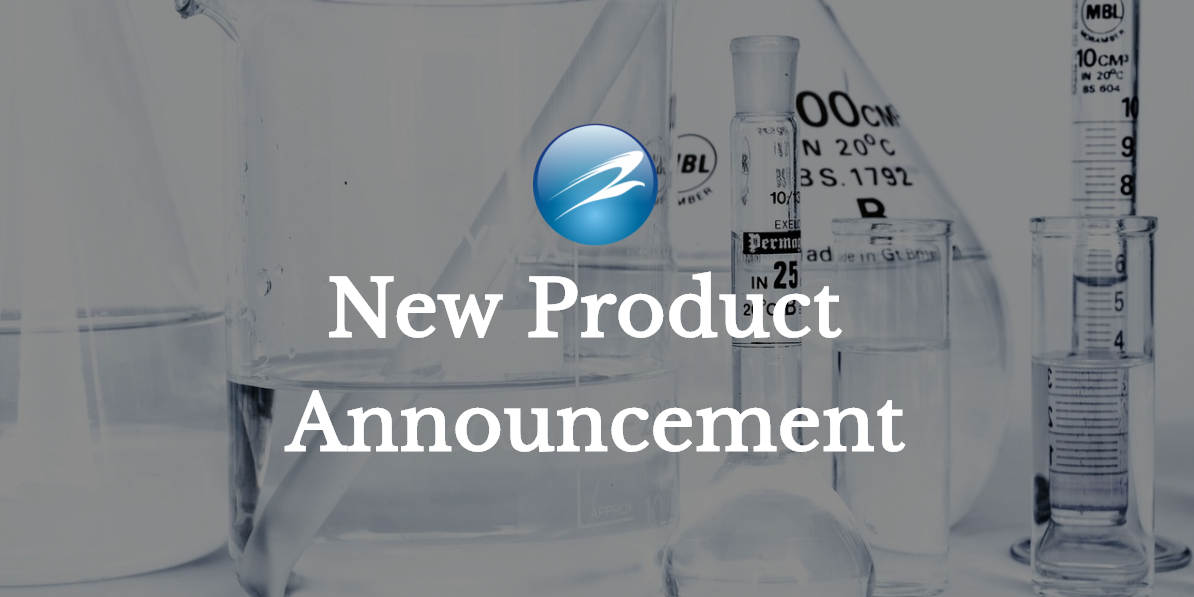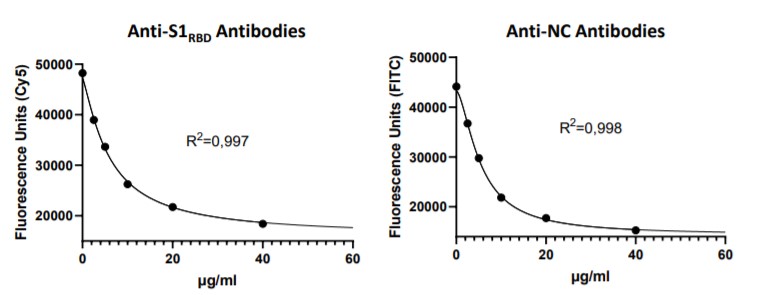
The Eagle Bioscience’s Calprotectin ELISA Assay Kit was highlighted in a recent study! In this publication scientists studied the dose effect of bovine lactoferrin (bLF) fortification on diarrhea and respiratory tract infections in weaned infants with anemia.
Abstract
Objective
The aim of this study was to explore the dose effect of bovine lactoferrin (bLF) fortification on the morbidity of diarrhea and respiratory tract infections in weaned infants with anemia.
Methods
A total of 108 infants with anemia, who were exclusively breast fed at 4 to 6 months and weaned and formula fed at 6 to 9 months, were recruited. The eligible infants were randomly assigned to fortified group 0 (FG0), fortified group 1 (FG1), or fortified group 2 (FG2) and were given formula fortified with 0 mg/100 g, 38 mg/100 g, and 76 mg/100 g of bLF, respectively, for 3 mo. The morbidity of diarrhea and respiratory tract infections (RTIs), the duration of respiratory and diarrhea-related illnesses, and the levels of fecal human beta-defensin 2 (HBD-2), cathelicidin LL-37 (LL-37), secretory IgA (sIgA), butyrate, and calprotectin were assessed.
Results
After the exclusion of 12 dropouts, the primary outcome measures, including episodes and duration of diarrhea and RTIs during the intervention, were obtained from 96 infants (35, 33, and 28 in FG0, FG1, and FG2, respectively). Compared with infants in FG0, there was a lower morbidity of rhinorrhea, wheezing, and skin rash among infants in FG1 (P < 0.05) and a lower morbidity of respiratory-related illness and wheezing among infants in FG2 (P < 0.05). Furthermore, a lower morbidity of diarrhea-related illness, diarrhea, vomiting, and nausea was observed among infants in FG2 than those in the other two groups (P < 0.05). In addition, the FG1 infants had a lower morbidity of vomiting and nausea than the FG0 infants (P < 0.05). The HBD-2, LL-37, sIgA, and calprotectin levels were significantly higher whereas the butyrate level was significantly lower in the FG2 infants than in infants in the other two groups after 3 mo of intervention (P < 0.05).
Conclusions
The bLF-fortified formula was effective in reducing the morbidity of diarrhea and RTIs in infants with anemia, with the 76 mg/100 g bLF-fortified formula exhibiting a stronger effect. The bLF fortification could be a new strategy for the prevention of diarrhea and RTIs in infants with anemia.
Chen, K., Jin, S., Chen, H.,et al. Dose effect of bovine lactoferrin fortification on diarrhea and respiratory tract infections in weaned infants with anemia: A randomized, controlled trial. Nutrition. (2021)90:111288
If you have any questions about this product or our other offerings, contact us here.





